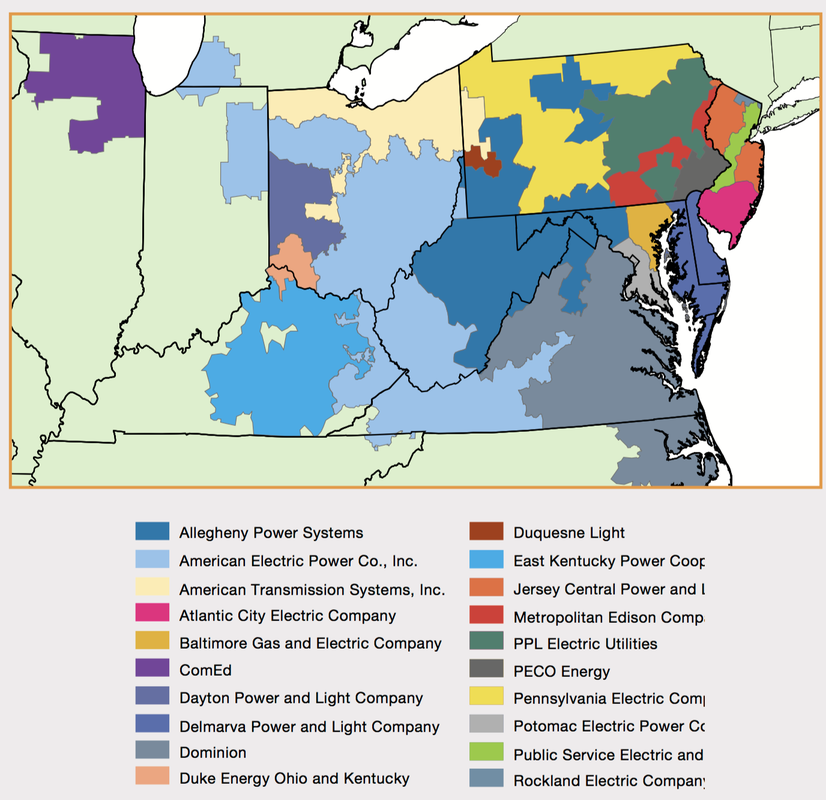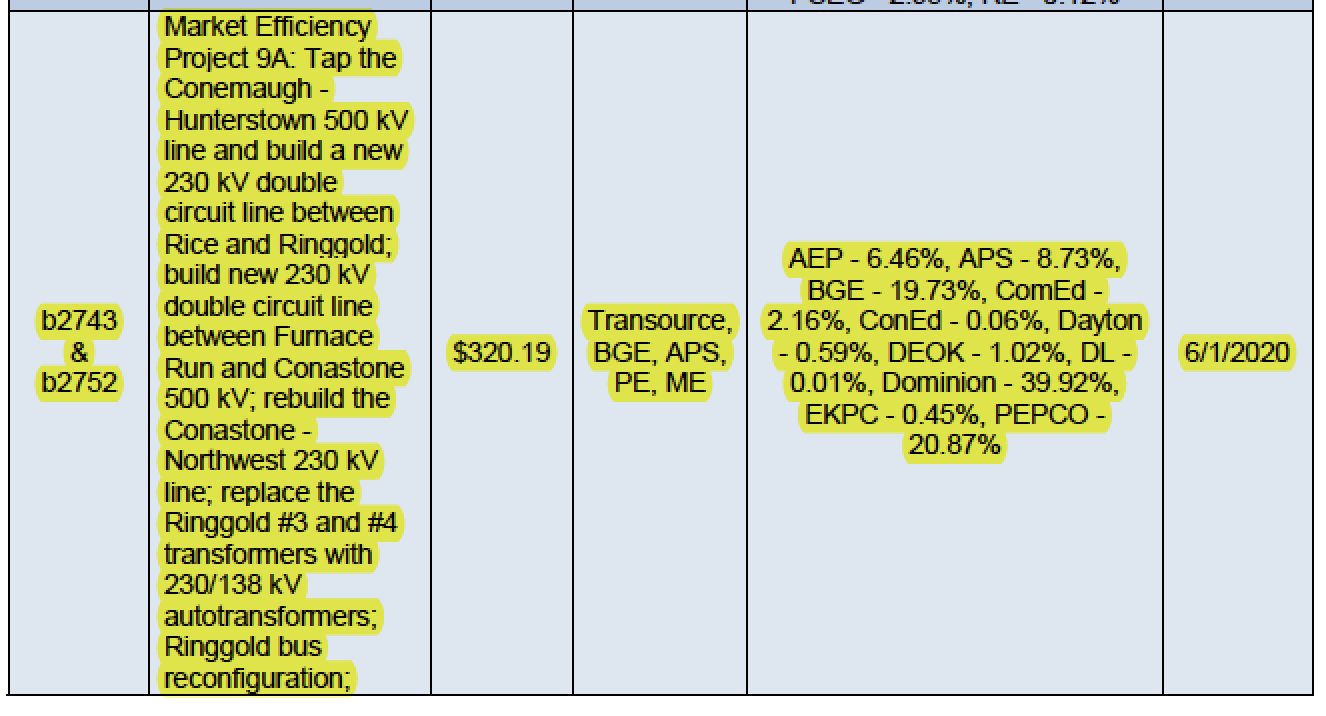Reporters in Arkansas seem pretty curious about who's funding Protect our Pocketbooks, and a curious reporter is like a dog with a bone. They don't stop until they find the answer.
Give a listen to this report by NPR's Jacqueline Froelich. Froelich gets the lobbyist/attorney who incorporated the mysterious group on the air, and he sounds rather peeved when asked who is funding his group. Justin Allen says, "As a 501(c)4, as it's right to do under state & federal law, supporters and contributors are anonymous and choose to remain that way."
Well, for now. At some point, Protect our Pocketbooks is going to have to file an IRS-990 (if it really is registered with the IRS like it claims*) and then all bets are off. What kind of information is revealed in an IRS-990? Total receipts. Total expenditures (including who they paid and what for). Total end of year assets. Compensation paid to employees. Names of its Board of Directors or Board of Trustees members, and any compensation received by these parties. An IRS-990 must be made public. You can only hide so long, Protect our Pocketbooks.
Now wouldn't it be better to just slink away and hope nobody follows up after you file your taxes?
You know what happens when a person tells a lie? They have to tell supporting lies, and then lies to support their supporting lies. Lies upon lies upon lies until even they can't keep their own lies straight. I love when that happens!
And its not just NPR. Arkansas Times also wants to know who is funding Protect our Pocketbooks. Except the author makes some wrong conclusions about whether the organization is "political."
Little is known about the opponents. A consultant for Renewable Arkansas, a nonprofit offshoot of a group called Americans for Affordable Energy, has placed an op-ed article recently opposing the SWEPCO project. The author, Grant Tennille, former director of the Arkansas Economic Development Commission, questioned the reliability of the savings estimate and also said it would provide an advantage to SWEPCO in continuing to sell excess electricity from existing coal-fired plants in Arkansas into the open market. Bringing in wind lowers the company's overall cost of power and makes the sales more profitable, he wrote. He has not responded to my email asking about his employer on the issue. He suggests, by the way, that SWEPCO should invest in solar power in Arkansas.
But Justin Allen told Froelich that there's no association between the Windfall Coalition and Protect our Pocketbooks. Protect our Pocketbooks claims to be for renewable energy and distributed generation. Distributed generation is roughly defined as many small, local generators located close to electrical load. Where are a bunch of small, local, renewable generators going to get the kinds of money being spent by Protect our Pocketbooks? There's a huge amount of money in play here, which means there's a huge amount of money to be made by someone if Wind Catcher fails. Protect our Pocketbooks own spokesman claims that SWEPCO will continue to generate and sell power from its existing coal-fired power plants. Sounds like Wind Catcher isn't going to hurt fossil fuel interests, so why would they spend buckets of money on biased TV commercials? Think about it.
The answer is pretty simple. I've got a pretty good idea where the money is coming from, but just like Protect our Pocketbooks, I don't have to reveal any information I don't want to. The only problem with a failure to reveal information is that you may lose the public's trust. Lose the public's trust and your entire effort to manipulate public opinion falls flat. Not so much a problem for me, since I don't have a dog in the Wind Catcher fight, but it becomes a huge problem for Protect our Pocketbooks. Without a gullible public who takes their ads at face value and acts without thinking, Protect our Pocketbooks is a gigantic waste of money.
Which brings us to... AEP, finally attempting to fight back with a news release directed towards the veracity of Protect our Pocketbook's claims and its source of funding.
“A group known only as Protect Our Pocketbooks – which does not reveal the names of its backers or the sources of its substantial funding – is presenting misleading information to the public, including manipulation of statements by Arkansas Gov. Asa Hutchinson,” said Brian Bond, SWEPCO Vice President of External Affairs.
Gov. Hutchinson wrote to the Arkansas Public Service Commission on Jan. 11 asking that the benefits of federal corporate tax cuts be passed on by utilities to Arkansas families and businesses. “In its latest television ad, Protect Our Pocketbooks misleadingly associates the governor’s comments about corporate federal tax cuts with the group’s campaign against Wind Catcher,” Bond said.
“The anonymous, tax-exempt opposition group claims that Arkansas gets none of the benefits of the project, which is incorrect and misleading. Arkansas will receive the benefits of generation with no fuel costs, cost savings immediately and over the life of the project, the full value of the federal Production Tax Credits available to the project, and the economic development benefits of wind turbine components being manufactured in Arkansas,” Bond said.
But at least, for now, they're slapping back, and a huge, public bitch-slapping contest can still be fun for everyone!
And, remember, I'm worse than a reporter. I never forget. I'm sort of patient that way.
Carry on!



 RSS Feed
RSS Feed